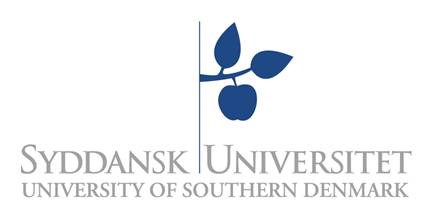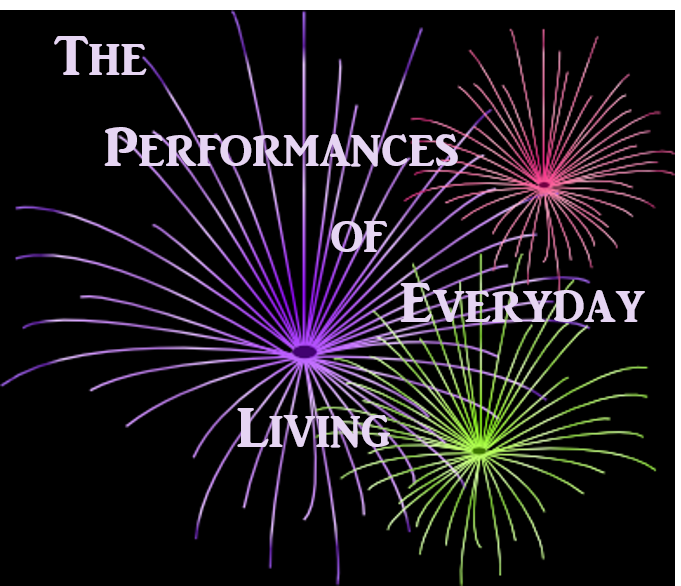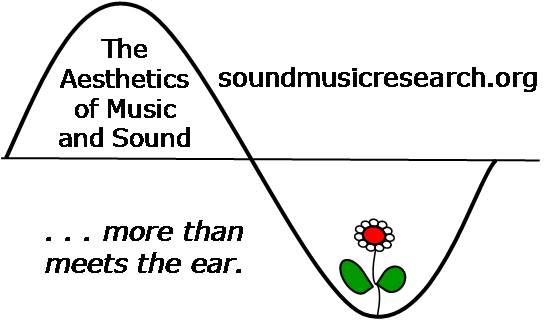|
Background and Goals

For several decades, philosophy of music or, more generally, humanistic research in music has concentrated on issues such as
the relationships between music, language and speech
the influence on local and global culture exerted by the immediate availability of music from virtually any time and place
the ways in which agents hear sounds as meaningful and representative, even when they come from the realm of what is usually thought of as “noise”
the ontological status of the work of music or more narrowly the status of the composition
and, more recently,
understanding processes in the minds and bodies of performing musicians and their audiences
inspired by the results of such investigations in music ensembles, getting a deeper understanding of human interaction in communities (or just person to person) in general.
Among the topics to which these considerations give rise are:
the extension and application of successful music teaching strategies to pedagogical method in general
expanding the techniques of music pedagogy by integrating those from other disciplines
assessing the implications of various approaches to music pedagogy with respect to expressivity, mastery, and individuality.
The Aesthetics of Music and Sound, located at the Institute for the Study of Culture (IKV), University of Southern Denmark (SDU), aims at shedding new light upon these questions by regarding music in terms of information and communication, aided by the tools under rapid development within information technology and motion-capture imaging, by practice-based research and by the new perspectives arising within aesthetics as a result of new technologies for studying and producing music.
This approach has its roots in activities within the Network for Cross-Disciplinary Studies of Music and Meaning (NTSMB [1]) founded with a two-year start-up grant from the Danish Research Council for the Humanities in 2001-2003 and with a base at what was then known as The Institute of Philosophy and the Study of Religions within the Humanities Faculty of The University of Southern Denmark (SDU). The purpose of the present program is to provide an interface between traditional academic humanities research and the work being done in the technological field of Music Informatics, chiefly that being done by researchers at Aalborg University Esbjerg (AUE), and with the practice-based research of the Academy of Music and Dramatic Arts, Southern Denmark/Syddansk Musikkonservatorium & Skuespillerskole (SMKS) in its facilities in Esbjerg and Odense.
Music Informatics and its more specific sub-discipline Computer Music Modelling and Information Retrieval deal in short with making computers recognize, synthesize and play music. Several of the projects in the program draw upon this research to deepen our understanding of human interaction through music.
Practice-based research is an important topic for the Research Program in three different areas: I) when studying the work of music ensembles, a study which must have actual performances and rehearsals as its material, II) the research of the potential strengthening of students’ learning capacities by means of the skills acquired through musical education and experience and III) when trying to find ways of comparing the knowledge and skills obtained by musicians and composers to the more discursive knowledge paradigm of the academic world. There are recent and ongoing attempts in Denmark to place conservatory educations on an equal footing with those offered by universities. This provides some interesting challenges, in that the performing, composing and listening skills developed within conservatory environments don't necessarily fit in well with the more discursive sorts of knowledge commonly prized within university milieux. How should the knowledge which is clearly implicit in a fine performance by a concert musician or a piece written by an accomplished composer be made discursively explicit - or does the academic world need to expand its own horizons with regard to its own ideas regarding the nature and communication of knowledge? If the latter is the case, how can this be done without sacrificing rigor, clarity of thought or quality of argumentation? The Aesthetics of Music and Sound is fortunate enough to be able to draw on the expertise of Finnish philosopher Tere Vadén, who is a leading force in the area of performance-based research. Tere Vadén has worked in philosophy of science, in general, and on the question of the identity and role of science in contemporary society, in particular. These interests all seem to converge around artistic research:
. . . . What we see and hear is a need for carefully argued for criteria, principles and guidelines that are situated in both qualitative research and artistic practices. We have to keep in mind that even though artistic research has certainly been produced at various moments over the last twenty years, the research methods in the different fields of art and artistic expression – from music via design to theatre and from the visual arts to visual culture – are still only in the process of evolving, both in themselves and in relation to other artistic traditions.
[…] The question is, how and within what framework should artistic research be carried out? (Hannula, Suoranta and Vadén 2005, p.11) [2]
It is important that researchers involved in the rapidly evolving traditions within computer music modeling and information retrieval do not become engrossed only in the – often very absorbing – problems which arise in this field as the tools themselves become more complex and theoretically sophisticated, thus risking loss of contact with the culture and practices of the world which they are trying to understand by means of models and simulations. Conversely, it is important that musicians and composers are updated as to the wealth of possibilities for new kinds of examination of even the most traditional forms of musical practice opened up by new digital technologies and the new kinds of questions, the framing of which are inspired by these technologies.There are, indeed, now resources which warrant the development of new types of music research, and, although traditional musicology will certainly always have a place on the academic map, those researchers who are deaf to the new technologies may well find themselves engaging in a form of academic re-enactment rather than bona fide research. A similar remark holds for humanists in general: questions of what “meaning” is, and what characterizes human communication, tend to be so bound up with language in the minds of many philosophers and theorists that the matter of whether or not music or any sort of sound-for-sound’s sake may be meaningful or viewed as a form communicative tool too often simply receives a negative answer. What is far more fruitful and exciting is to recognize that – whatever conceptual understanding we have gained regarding “meaning” – people do find music and sonic art “meaningful” – and furthermore, that music does play a role in our communication (imagine a language without intonation or melody or a classic Hollywood film without a score!), a role that must be further examined.
The Aesthetics of Music and Sound thus benefits from the geographical proximity of the three Danish institutions SDU (which also has a campus in Esbjerg), AUE and SMKS, each of which contribute substantially to the work being done in the program. Throughout the history of the program, there has also been substantial cooperation with other institutions as well – both in Denmark and abroad – and a large number of exceptionally versatile and experienced people have shared in each other’s work and expertise in the context of NTSMB, and continue to do so also through the online journal JMM: The Journal of Music and Meaning [3] and NNIMIPA [4] where the latter are also based at IKV-SDU. A continually growing list of international network partners is kept up-to-date on this site on the "Links" page
[1] Abbreviation of the Danish Netvćrk for Tvćrvidenskabelige Studier af Musik og Betydning; please see www.ntmsb.dk.
[2] For more information on Tere Vadén, see the tab “People”.
[3] A peer reviewed Internet journal initiated by the NTSMB; please see www.musicandmeaning.net.
[4] Nordic Network for the Integration of Music Informatics, Performance and Aesthetics; please see www.nnimipa.org.

|
|


Department for the
Study of Culture

Research Director for
The Performances of
Everyday Living
Coordinator for
The Aesthetics of
Music and Sound
and
Editor and Webmaster for
www.soundmusicresearch.org:
Cynthia M. Grund
cmgrund@sdu.dk


Updates

PLEASE NOTE: During the month of March 2015 and possibly extending into April/May 2015, heavy construction will be taking place on this website behind the scenes as it "migrates" to new editing software. Please be patient with us during this period if occasionally some pages take on a strange appearance, or if updating seems to be a bit erratic. All efforts will be made to maintain the integrity of the page with the schedule for the seminar series Topics in the Aesthetics of Music and Sound: Mostly Metal here, but it will nevertheless be a good idea also to keep an eye on our Facebook group here and the regularly occurring announcements of events on it during this period. Thank you for your patience!
During March-May 2015 we will also continue to develop our new

channel, which we encourage you to visit here.
Archive
for ""Updates" and "News":
Click HERE.


| |